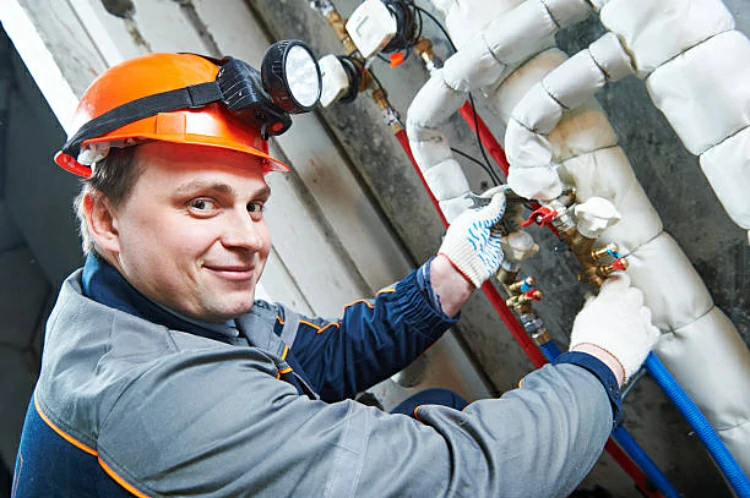Introduction:
When it comes to plumbing and piping systems, the choice of fittings plays a critical role in determining the system’s performance and longevity. In this article, we will compare PPR fitting with fittings made from other materials, highlighting the advantages and disadvantages of each.
Advantages of PPR Fitting:
Ease of Installation: PPR fitting, being lightweight and easy to handle, streamline the installation process for both DIY enthusiasts and professional plumbers. Their smooth surfaces facilitate quick and secure connections, reducing labor costs and installation time significantly.
Corrosion Resistance: PPR fitting exhibit remarkable resistance to corrosion, rust, and scaling, even in harsh environments. This resilience ensures the longevity and reliability of plumbing systems, minimizing maintenance requirements and downtime.
Low Thermal Conductivity: With their low thermal conductivity, PPR fitting effectively minimize heat loss within plumbing systems. Particularly advantageous in hot water distribution systems, this property enhances energy efficiency, leading to reduced utility bills and contributing to environmental sustainability.
Comparison with Other Material Fittings:
Metal Fittings: Renowned for their strength and durability, metal fittings, such as those made from copper or brass, excel in demanding applications with high pressure and temperature variations. However, they are susceptible to corrosion, especially in acidic or corrosive environments. Additionally, their heavier weight and higher cost compared to PPR fitting can elevate installation expenses.
PVC Fittings: PVC fittings offer lightweight and cost-effective alternatives, often favored in residential plumbing systems. Resistant to corrosion and chemical degradation, they find suitability across various applications. Nonetheless, PVC fittings may become brittle over time, particularly when exposed to sunlight or extreme temperatures. Their lower temperature and pressure ratings compared to PPR fitting restrict their use in certain applications, emphasizing the need for careful consideration during selection.
Conclusion:
PPR fittings offer several advantages over fittings made from other materials, including ease of installation, corrosion resistance, and low thermal conductivity. While metal fittings may offer superior strength and durability, they are prone to corrosion and can be more expensive. PVC fittings, on the other hand, are lightweight and cost-effective but may become brittle over time. Ultimately, the choice between PPR fitting and other material fittings depends on the specific requirements of the plumbing system and the preferences of the installer. However, for many applications, PPR fittings offer an ideal combination of performance, durability, and affordability.
Contact
IFANPLUS is a specialized product series launched by IFAN, primarily covering plastic pipes, fittings, and various types of valves. We offer PPR and PVC pipes in German and American standards, ensuring the high quality and reliability of our products. IFANPLUS valve products include a variety of valves, from PPR valves to other diverse copper valves, catering to your specific requirements. Whatever product you need, IFANPLUS will be your reliable partner. Here is our contact information.
We will reply your email or fax within 24 hours.
You can call us at any time if there is any question on our production.
For more information,pls visit our webside https://www.ifanplus.com/
Pls Mailto: [email protected]






